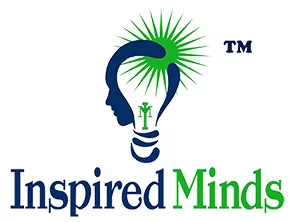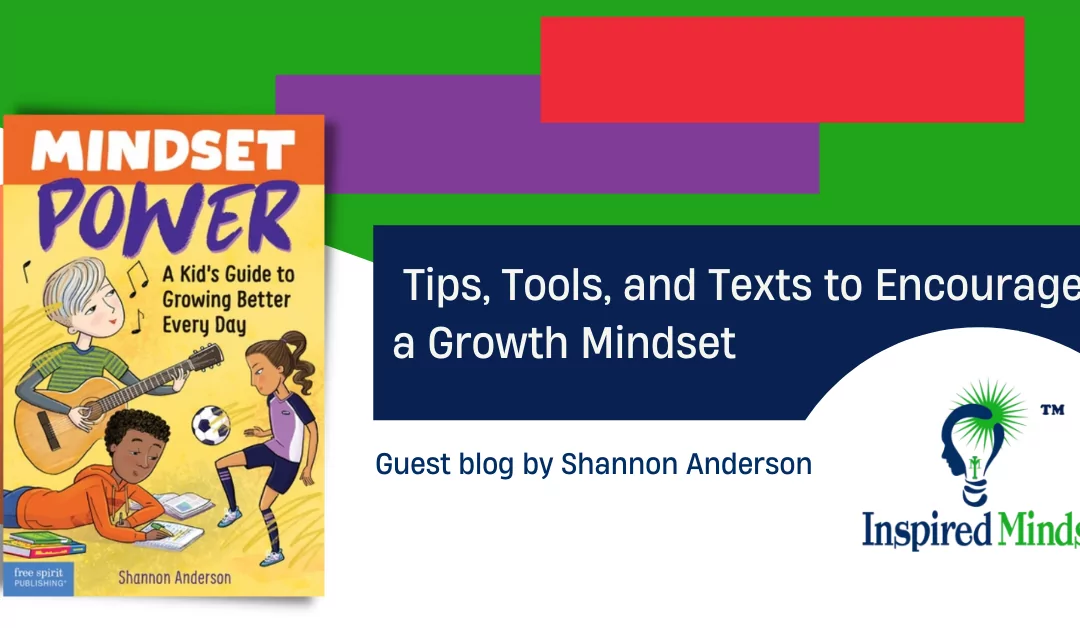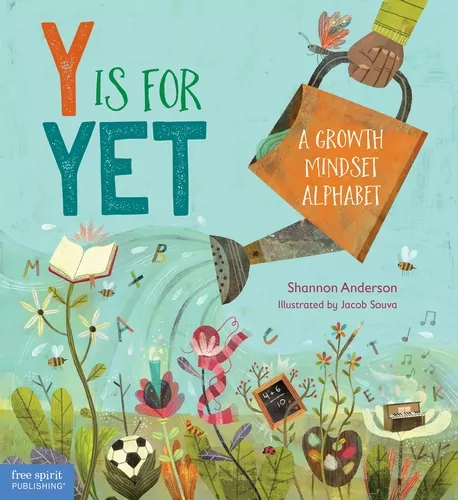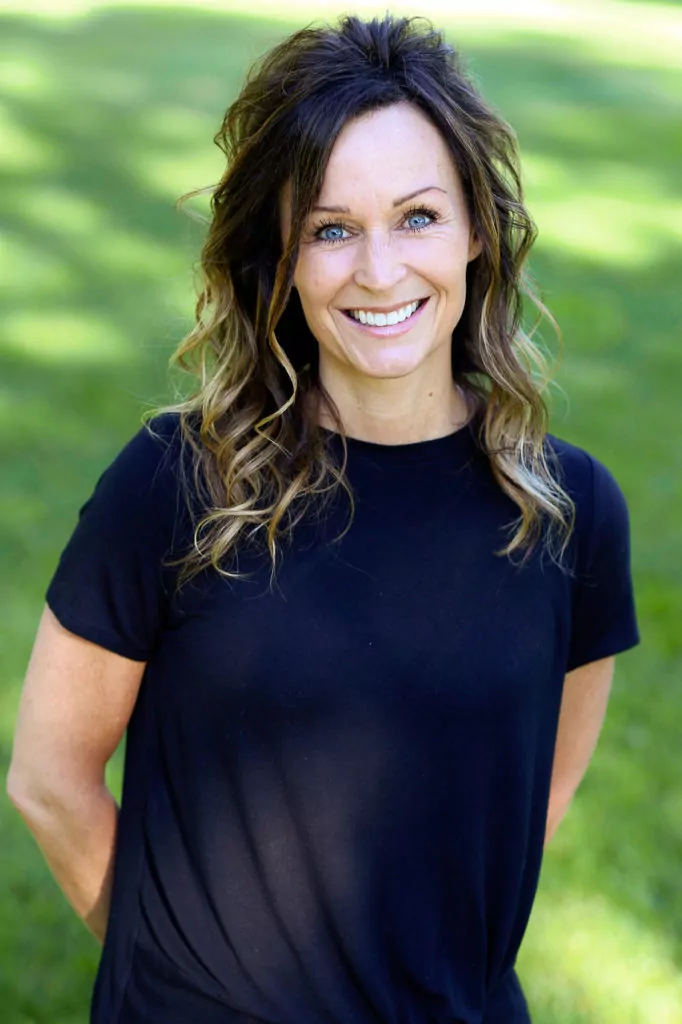As parents and teachers, we try to encourage kids to take creative risks and understand that mistakes are a good thing! I even came up with a name for our mistakes in my classroom. We called them “growth spurts,” because we grow from them. I announce to my students on the first day of school that I hope they make many, glorious mistakes.
We discuss the word, “fail,” too. Think of fail as what it really is:
F – First
A – Attempt
I – In
L – Learning
Of course, all of this is setting them up to learn about having a growth mindset. This means you believe that you can continue to learn and grow as you make mistakes. We are all on a continuum of learning and can improve with practice, time, and effort. (This is opposed to having a fixed mindset, which is the belief that we cannot improve our intelligence or abilities.)
There are many activities you can do to set students on the path to developing a growth mindset:
- There are mentor texts that promote the power of having a growth mindset, such as Y is for Yet: A Growth Mindset Alphabet andMindset Power: A Kid’s Guide to Growing Better Every Day.
- I show videos of people who have overcome obstacles or that learn from their mistakes. See here for my favorite clip.
- I also share quotes about growth mindset. We have meaningful whole group and small group discussions about them. Like this one:
“Success is on the same road as failure; success is just a little further down the road.”
Jack Hyles
As teachers, your students see you more often than they may see their own parents during the waking hours of the school week. Whether you are a first year teacher, or a veteran teacher, your students will watch and learn from all that you do. That includes your lessons that deserve a gold star and the ones that make you cringe. Students watch the way you handle a break-through and the way you handle stressful situations.
The good news is that kids need to see those cringe-worthy moments and how you handle them. They will have plenty of times that their best ideas won’t work or a plan for a project flops. They need to know that it’s ok and that trials are part of the process to learning and growing. Here are a few ideas for being a mistake-making mentor for your students:
- Growth Mindset Flip Chart – Create a flip chart from an inverted three-ring binder. Fill it with 26 pages. The first page says, “Plan A.” The second page flips to “Plan B.” Keep going until you get to the last page, “Plan Z.” Whenever you make a mistake in class, calmly walk over and flip the chart to the next page and say something like, “Well, I guess that way didn’t work, let’s try Plan B.” This lets students know that there is never an expectation to get something done perfectly the first time they try it. There are always more chances.
- Guest Experts – Have parents and community members come in once or twice a month as guest experts. They can tell about their jobs and what they like about them. But, the more important part is having them talk about the challenges and how they work through them. Having kids see that their parents and mentors from their community all struggle at times helps them to normalize the fact that something worth learning and doing isn’t always going to be without hiccups.
- Goal Setting – Teaching students to set goals is empowering. Have a goal board in your room to record goals for both inside and outside the classroom. Be sure to post some of your own school and personal goals too. Share your progress with the kids as they share theirs with you. They will see that working toward goals is a pathway with ups and downs, but adjustments can be made when needed.
- Showcase Mistakes – There are many videos you can show kids about famous failures that people you now know to be successful stumbled through. There are also great books like, Mistakes that Worked and The Kid Who Invented the Popsicle, that show all kinds of ways amazing inventions came to be because of mistakes. We need kids to not only see the successes people enjoy, but also their sometimes rocky road to that success.
- Way to Grow! Journals – At the end of each day, give kids some time to reflect and write about one of their biggest successes that day as well as one of their biggest “failures.” (Often the failure leads to a success they eventually write about!) You should participate in this and share yours with the kids too. Allow volunteers to share what they wrote and how a success or a failure helped them grow in some way.
When you role model mistakes as an important part of the process of learning, kids will see it that way too. When students recognize that learning happens through both the successes and trials, they understand that learning is always happening. And, that’s what we want!
About the Author
Shannon Anderson taught for 25 years from first grade through college level. A career highlight was being named one of the 10 teachers who “awed and inspired” the Today Show in 2019. Shannon is also an award-winning children’s book author and LOVES to come to schools to talk to kids about the power of reading, writing, and growth mindset. You can learn more about her at: www.shannonisteaching.com.






